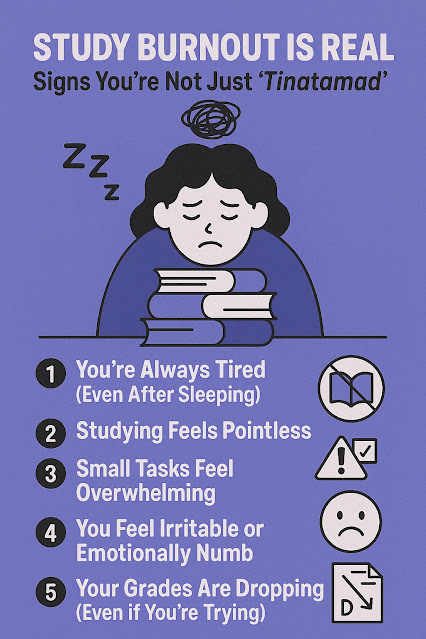Study Like a Slacker, Score Like a Scholar

Some people study like machines—notes everywhere, study apps open, and coffee by the gallon. But if your version of studying looks more like accidental naps, semi-focused scrolling, and last-minute cramming, you're not alone—and you're not doomed. Welcome to the slacker's survival guide to acing school without burning out. Whether in high school or college, this blog’s got your back. The trick isn’t doing more—it’s doing what works for you . 1. Accidental Learning, Intentional Wins Ever found yourself memorizing a lecture without trying, just because it was playing in the background while you folded laundry? That’s passive learning, and yes—it counts. Background audio, like educational podcasts or explainer videos, can sneak knowledge into your brain while you go about your day. Hack it: Replace random playlists with topic reviews while you cook, clean, or commute. 2. Mind Mapping Instead of Note Cramming Ditch the long paragraphs and create messy-but-useful mind m...








